Nissan GT-R review, test drive
Nissan’s legendary supercar-slaying GT-R is finally coming to India this September.
Published on Jun 06, 2016 12:00:00 PM
15,156 Views
Follow us on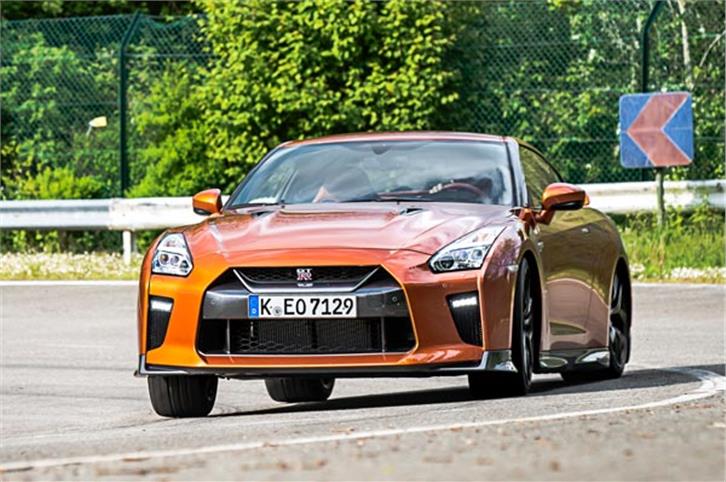

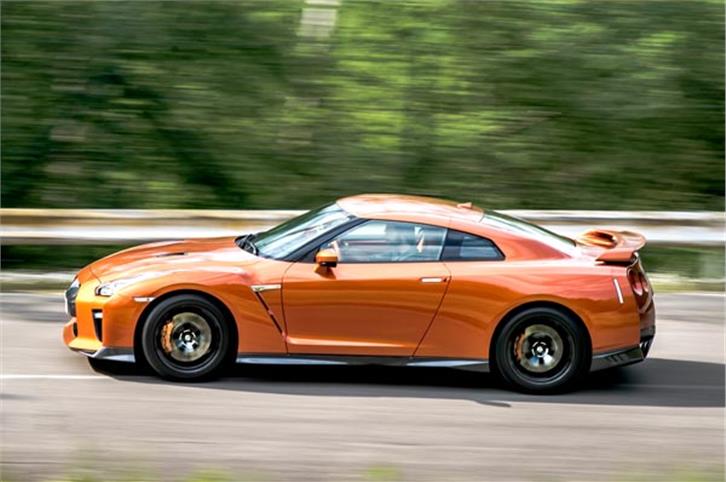
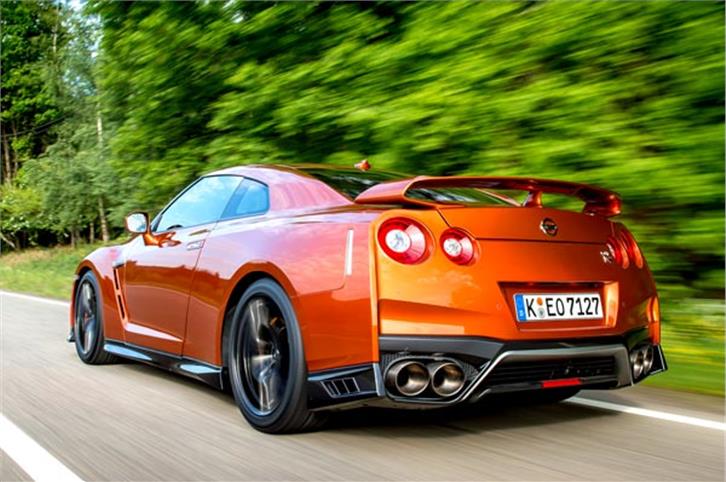
What's it like to drive?
The cabin is a big leap ahead of the previous car, which was littered with cheap-looking plastics and fiddly buttons. In the new GT-R, the dashboard top and door pads are wrapped in double-stitched leather, there’s carbonfibre treatment on the transmission tunnel and the round, Micra-like air vents are thankfully replaced with a smarter rotary design on the sides and slim, rectangular ones in the centre console. The infotainment screen is now larger and sits nicely at eye level for easy viewing of all the settings and functions, which are easy to access by either jabbing the screen or rotating the jog dialer, which is new on the GT-R.

The steering wheel is now slimmer but still feels good to grip and the paddleshifters have been moved from the steering column to the wheel to make mid-corner gearshifts easier. No doubt, quality levels are a huge step up from the older car but still not a match for the tactile feel and superior textures you get in an equivalent German supercar. The cabin still feels more functional than luxurious.
Easing out of the Sheraton Hotel at Dusseldorf airport, the first thing I notice is the transmission which when left in Normal mode is impressively smooth for a dual-clutch unit. It juggles ratios fairly seamlessly at low speeds, which is a big plus for everyday usability. Ride comfort too has been improved but it’s hard to really test the suspension on smooth autobahns. There is a choppy edge to ride when you encounter the odd, rippled surface and car tends to ‘tramline’ or follow uneven road contours. What’s absolutely phenomenal though is the straight-line stability, and holding speeds above 220kph in pelting rain was shockingly easy and the fantastic all-round visibility (for a supercar) certainly helped.
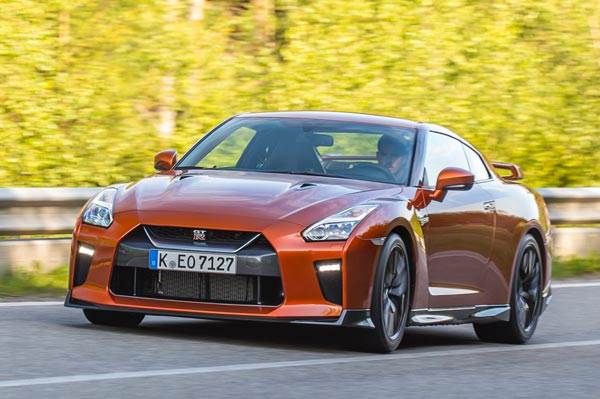
Nissan has really nailed the steering on the GT-R, which is hard to fault. It’s quick off-centre yet doesn’t feel twitchy at high speeds and weights up in a delightfully progressive way. The secret? It’s an old school, hydraulically assisted unit. Nissan believes that the feel and feedback of electrically assisted steering systems still aren’t good enough for its subliminal supercar.
The derestricted sections of the autobahn made it convenient to whip every one of the GT-R’s 570 horses. Acceleration is, as expected, pretty brutal for a car that’s capable of hitting 100kph from rest in around 3 seconds and small gaps in the heavy traffic were enough to wind the speedo needle past 230kph. The GT-R can easily outrun lesser sportscars, but in terms of ultimate performance the heavy kerb weight doesn’t make it feel manically fast like say a Porsche Turbo.
Copyright (c) Autocar India. All rights reserved.


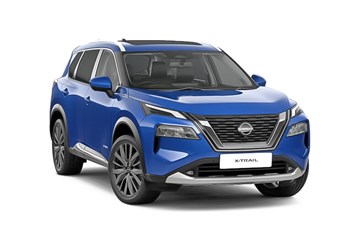





Comments
Member Login
Personal Details
No comments yet. Be the first to comment.